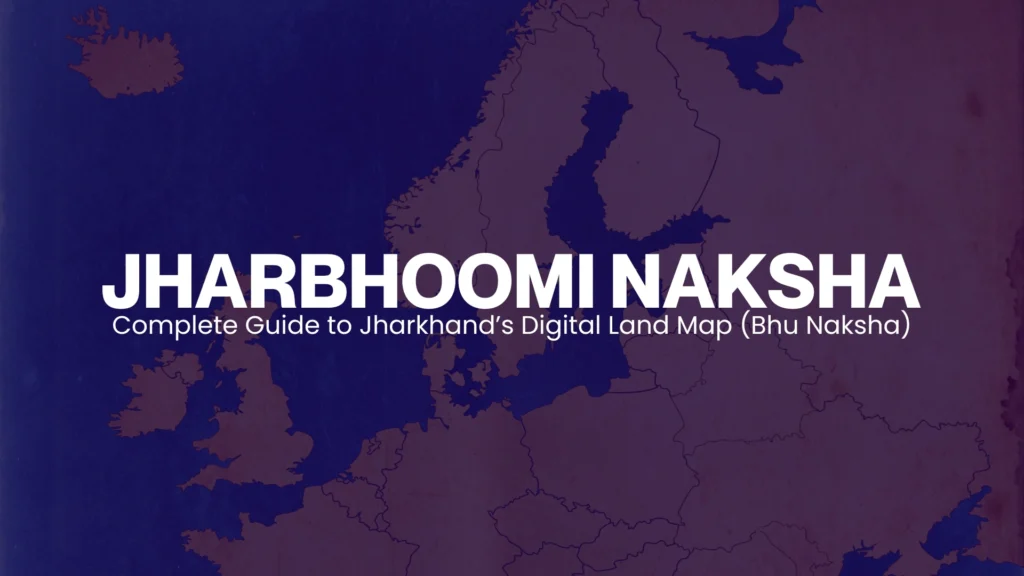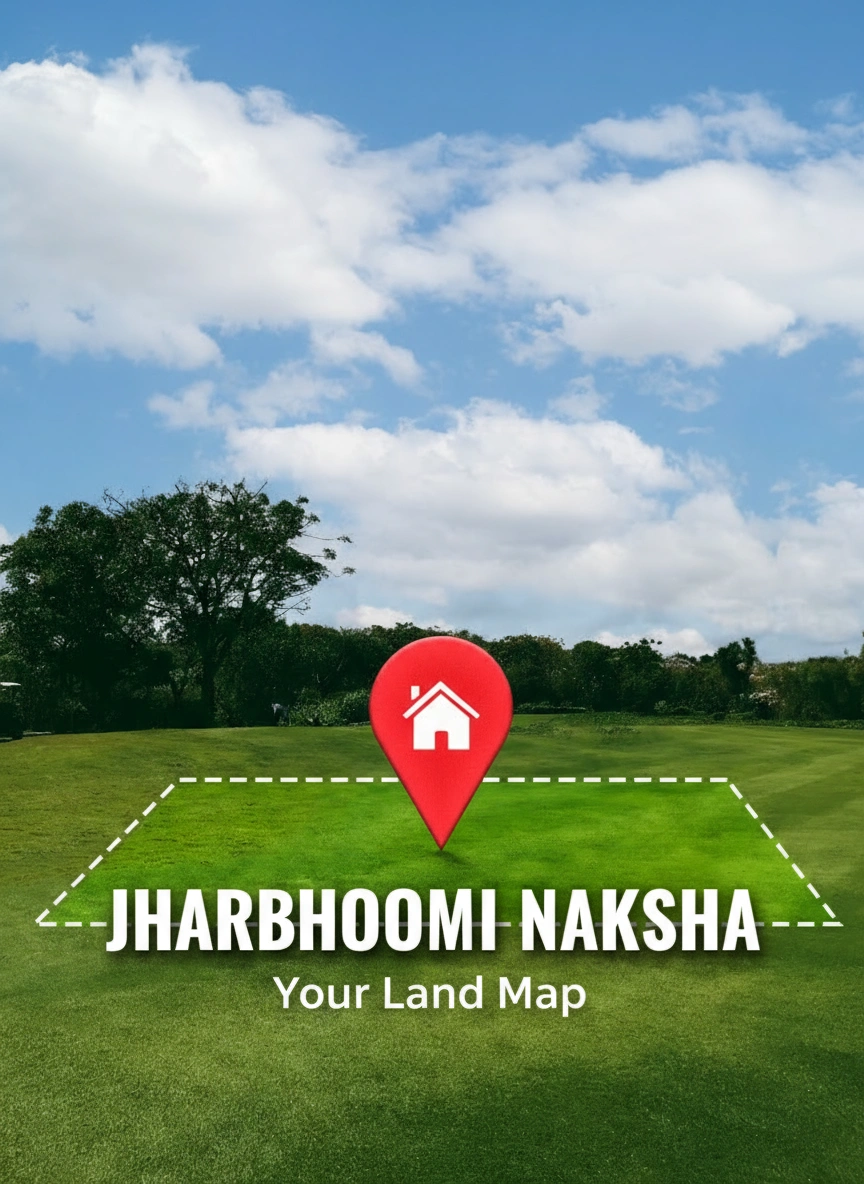When Ramesh, a farmer from Hazaribagh, decided to divide his ancestral land among his sons, disputes arose about boundaries and plot numbers. A visit to the Circle Office offered little clarity. However, when he accessed the official jharbhoomi naksha on his smartphone, he identified the exact Khesra and area for each plot within minutes. This small digital step restored harmony in his family.
The Government of Jharkhand has made land management and ownership verification easier through the Jharbhoomi portal. One of its most significant features is the Jharbhoomi Naksha a digital cadastral map system that allows citizens to view and download detailed land maps online. This guide explains what the jharbhoomi naksha is, how it works, how it differs from the bhu naksha, and how you can use it to verify land records, mutation status, and ownership details.


What is Jharbhoomi Naksha?
The term Jharbhoomi Naksha refers to Jharkhand’s official online cadastral mapping system. It is part of the Jharbhoomi Land Record initiative managed by the Department of Revenue, Registration and Land Reforms, Government of Jharkhand. Through this map, citizens can view, identify, and verify land parcels (plots) in their district or village with complete details such as Khesra number, Khata number, owner name, and total area.
This digital service has replaced the need for manual inspections or paper-based maps. Citizens can now access their village or district maps online, reducing time, cost, and errors in land-related transactions.
Difference between Jharbhoomi Naksha and Bhu Naksha
Together, these systems ensure that landowners and researchers can cross-check both textual and spatial data in one place.
Importance of Jharbhoomi Naksha for Landowners and Buyers
The jharbhoomi naksha benefits multiple categories of users including landowners, buyers, banks, and researchers:
For a simplified overview of land records, Khata, Khesra, and mutation processes in Jharkhand, citizens can visit our independent information guide at https://jharbhoomi-jharkhand.org/. This site explains essential concepts in easy language (note: it is not a government website).
Before You Begin: Information You’ll Need
Having the correct details ensures you find accurate records. Keep ready:
Step-by-Step Process to View Jharbhoomi Naksha Online
Cross-Verification with Register-II and Mutation Records
The jharbhoomi naksha provides a visual representation of land boundaries, while the Register-II (Record of Rights) provides ownership and revenue details. It is essential to cross-check both records to ensure consistency. A mismatch may indicate that a mutation (transfer of ownership) has not been updated.
Steps for cross-verification:
Common Problems and Solutions
While using the jharbhoomi naksha, users may face minor technical or procedural issues. Below are some common problems and their solutions:
Map Not Loading
Refresh the page or use another browser. The server may be under maintenance.
Incorrect Data:
Ensure your mutation record is updated. Old data might reflect previous ownership.
Plot Not Visible:
Re-check your selection for District, Circle, and Mauza.
Printing Error:
Save the report as PDF and print from a stable network connection.
Ownership Conflict:
Always verify with the Circle Office before finalizing any transaction.
Latest in 2025: Service updates and planned maintenance
The land‑records ecosystem periodically schedules upgrades to improve speed, stability, and data accuracy. If you ever face a temporary outage or slow loading while opening the jharbhoomi naksha, try again after a few hours or the next day. During upgrade windows, some services (registration, mutation, or map viewing) may be paused; they typically resume once maintenance ends.
Recent Developments in Jharbhoomi Portal
The Jharkhand government continues to update its land-record systems under the Digital India Land Records Modernization Programme (DILRMP). Recent updates include better integration of mutation tracking, faster map rendering, and smoother mobile compatibility.
Is Jharbhoomi Naksha Legally Valid?
While the online version is an official representation, it is meant for informational use only. For court cases or property registration, always obtain certified copies or conduct a survey through the local Circle Office.
Real Success Stories from Jharkhand Citizens
“After my father’s passing, I used the jharbhoomi naksha to confirm our plot boundary in Giridih. It helped me complete mutation without any dispute.” — Sunita Devi, landowner.
“Before buying a small piece of land near Ranchi, I verified the plot using the bhu naksha map. The seller’s details matched perfectly, giving me confidence to proceed.” — Rajesh Kumar, buyer.
“As a teacher researching land reforms, I extracted data directly from the jharbhoomi naksha. It made my study reliable and quick.”
— Neha Singh, researcher.
Responsible Use and Data Privacy
Users should utilize the jharbhoomi naksha strictly for lawful and informational purposes. Avoid sharing screenshots or documents that include other individuals’ names or property details. For certified copies or legal actions, always rely on documents issued by the Circle Office or the Department of Revenue.
Benefits of the Jharbhoomi Naksha Initiative
The digital transformation under the Jharbhoomi project has improved governance and reduced corruption. Key benefits include:
When villagers in Gumla were unsure about the true boundaries of their fields, one of them opened the jharbhoomi naksha on a laptop in the local school. Within moments, confusion turned into clarity. The villagers printed their Map Reports and reached an agreement without conflict.
The jharbhoomi naksha represents a major milestone in Jharkhand’s journey toward digital governance. It empowers citizens to access verified land data, reducing dependence on intermediaries. By regularly checking your land map, keeping mutation records updated, and consulting official offices when needed, you can ensure that your property rights remain secure and transparent. Citizens are encouraged to use the jharbhoomi naksha frequently for verification of their plots. Keeping a printed copy of the jharbhoomi naksha report with your Register-II document ensures consistency. The bhu naksha integration makes the process uniform and trustworthy
